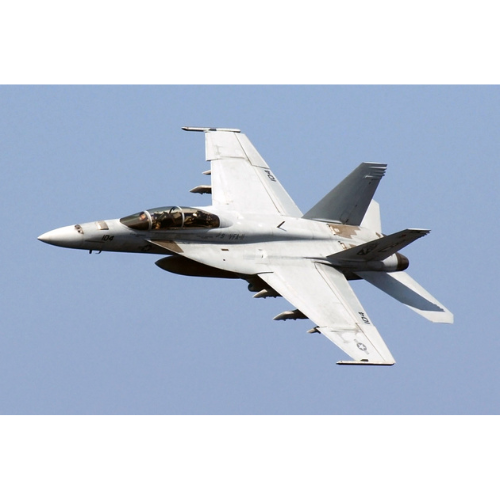America’s War Machines Are Eating Themselves to Stay Alive
In a startling revelation that underscores the strain on U.S. military logistics, technicians in the Navy and Air Force are now dismantling fighter jets and submarines to harvest spare parts. This practice—known as “cannibalization”—is no longer an emergency workaround. It’s becoming routine.
According to a recent report from the U.S. Government Accountability Office (GAO), maintainers are stripping components from grounded F/A-18 Super Hornets and Virginia-class submarines to keep others operational. The reason? A chronic shortage of spare parts, long delays from manufacturers, and limited access to technical data needed to fabricate replacements.
A System Under Pressure
The GAO’s findings paint a troubling picture. Five major defense programs—including the F-35, Littoral Combat Ship (LCS), and Stryker vehicles—are facing maintenance delays, rising costs, and operational risks due to supply chain bottlenecks and intellectual property restrictions.
For the F/A-18 Super Hornets, maintainers have been unable to secure data rights for critical radio frequency cables for over a decade. These cables are proprietary, meaning only the original vendor can produce or repair them. The Navy has considered reverse engineering the part, but the cost is prohibitive. As a result, grounded aircraft are being cannibalized to keep others flying.
Virginia-class submarines face a similar dilemma. Some components are failing earlier than expected, and the OEM’s (original equipment manufacturer’s) schedule dictates when repairs can happen. If parts don’t arrive on time, technicians must strip them from other submarines, delaying multiple vessels and compromising readiness.
The Bigger Picture: Why This Is Happening
This isn’t just about a few missing bolts or cables. It’s about systemic fragility in America’s defense manufacturing base. Several factors are converging:
- Sole-source contracts: Many parts are produced by a single vendor, creating bottlenecks and monopolistic delays.
- Data rights restrictions: The military often lacks access to the technical specifications needed to reproduce parts independently.
- Aging platforms: Aircraft and submarines are staying in service longer than originally intended, increasing wear and tear.
- Budget constraints: Procurement cycles are slow, and funding for spare parts often takes a backseat to new weapons systems.
These issues aren’t new—but they’re intensifying. The U.S. military is caught between maintaining legacy systems and investing in next-generation platforms. And in that gap, cannibalization is becoming a lifeline.
Forecasting the Future

The current trajectory is unsustainable. If the U.S. continues to rely on cannibalization, it risks degrading its military readiness and losing strategic advantage. But there are potential paths forward:
1. Reforming Data Rights Policies
The Pentagon must renegotiate contracts to ensure access to technical data. Without it, the military remains hostage to vendor schedules. A push for open architecture and modular design could reduce dependency on proprietary parts.
2. Investing in Domestic Manufacturing
Revitalizing the U.S. defense industrial base is critical. That means incentivizing small and mid-sized manufacturers to produce components, diversifying the supply chain, and reducing reliance on sole-source vendors.
3. Accelerating Additive Manufacturing
3D printing and advanced fabrication techniques offer promise. If the military can print parts on demand, it could bypass delays and reduce costs. Pilot programs are already underway, but scaling them will require investment and training.
4. Retiring Aging Platforms
Keeping 30-year-old jets and submarines operational is costly and inefficient. A strategic review of fleet composition could identify which platforms should be phased out, freeing resources for newer systems.
5. Enhancing Predictive Maintenance
Using AI and sensor data to anticipate failures before they happen could reduce the need for emergency repairs. Predictive analytics are already used in commercial aviation—bringing them to defense could be transformative.
A Wake-Up Call
America’s military might has long been defined by its technological edge. But that edge is dulling—not because of innovation failure, but because of logistical neglect. The practice of dismantling war machines to keep others alive is a red flag. It signals a need for reform, investment, and strategic clarity.
If the U.S. wants to maintain its global leadership, it must treat logistics and maintenance as core pillars of national defense.
